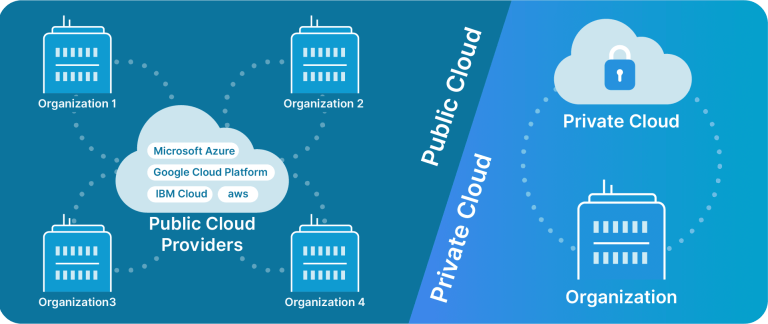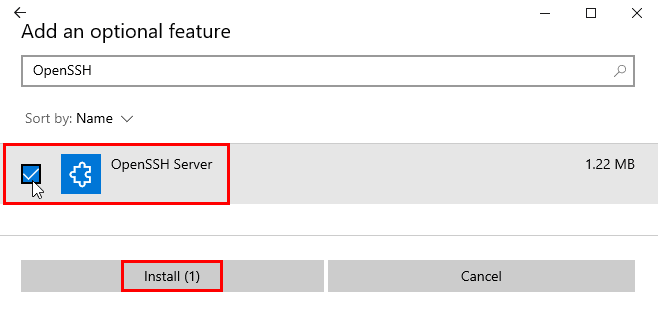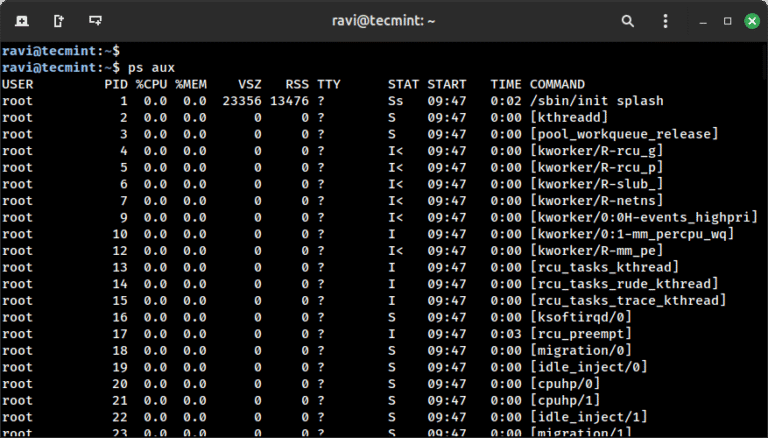Understanding the Differences Between Private and Public Clouds: A Detailed Guide
When it comes to choosing between a private cloud and a public cloud, it’s essential to understand the key differences between the two. A private cloud is a dedicated, highly secure environment typically managed on-site by IT professionals or by an external service provider. It is designed for a single organization (single-tenant) and offers complete control over the infrastructure. In contrast, a public cloud is a shared, scalable, and elastic infrastructure provided by a large Cloud Service Provider (CSP) and managed by third parties.
Cloud computing models offer numerous benefits, including the virtualization of data, which ensures secure data management and storage.
The core distinction between private and public clouds lies in their ownership and accessibility. A private cloud is exclusive to an individual or organization and allows full control over the environment and software. Conversely, public clouds serve multiple users within a larger cloud ecosystem.
Private Cloud is a flexible computing service accessed over the internet or a private network. It involves pooling resources from multiple servers into an enterprise-grade infrastructure that supports virtual machines (VMs) for isolation and high availability. Large organizations often prefer private clouds for their security aspects and sole ownership of infrastructure. These clouds are ideal for managing extensive data files like videos and handling sensitive information in industries such as healthcare.
Public clouds differ from private ones in that they allow resource sharing among various users (multi-tenancy). They provide services through Software-as-a-Service (SaaS), Platform-as-a-Service (PaaS), or Infrastructure-as-a-Service (IaaS) models. CSPs like Amazon Web Services (AWS) or Microsoft Azure offer these services independently of private cloud infrastructure, often employing a pay-as-you-go model. This model can offer workload agility but may also result in unforeseen costs.
Organizations sometimes require a combination of both private and public clouds, leading to hybrid or multi-cloud models. A hybrid cloud integrates both types, allowing data and applications to be shared between them. It suits organizations with strict compliance needs or those transitioning partial data to the cloud. A multi-cloud approach involves using services from various public clouds to meet specific needs, reduce latency, or ensure uptime and redundancy.
Private clouds provide isolation and are adaptable to various workloads, while public clouds excel in scalability and flexibility. The choice of a cloud solution should take into account factors like expenses, maintenance requirements, security concerns, regulatory compliance, and the level of control needed over the hardware and virtual servers.
VMware Private Cloud offers an enterprise-grade solution with 24/7 support, allowing businesses to concentrate on software development rather than infrastructure management.
Organizations must weigh the pros and cons of each model before making a decision. Factors like cost, IT burden, flexibility, latency issues, security, and business-specific needs should all be considered when choosing between a private cloud and a public cloud solution.





